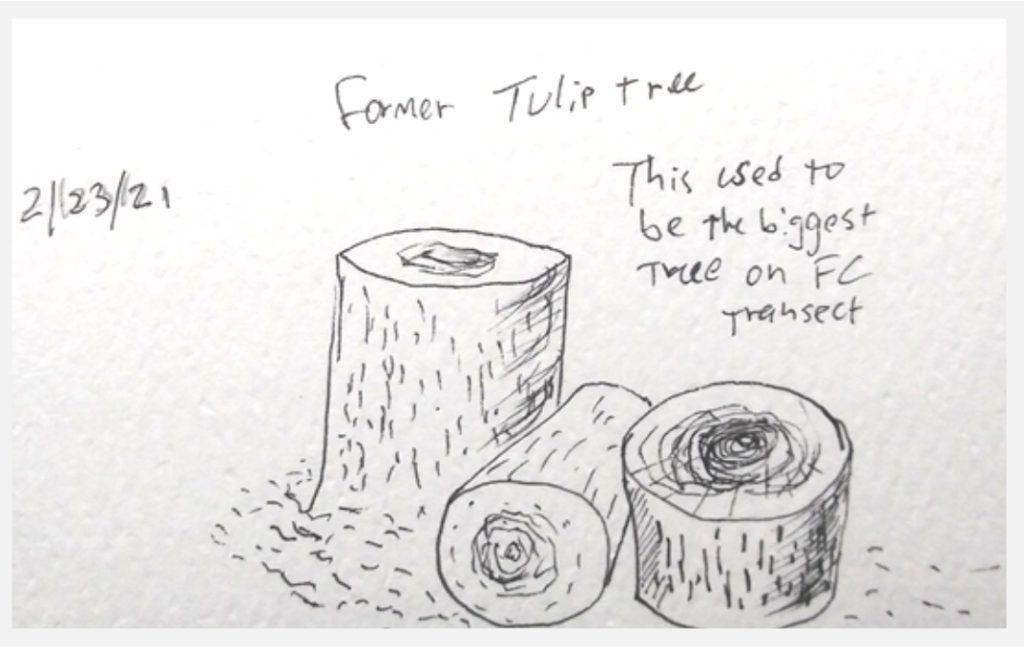Greater Vancouver Urban Landbird Count
Notes from the field | February 2021
It’s February, and I’m conducting my tenth set of visits to 12 city blocks strewn across Vancouver. Compared to when I first started these surveys and had to check a map to be in the right place, I can now intuitively navigate my bike to the start of each survey. But even as these transects are becoming familiar to me, there’s always something new.
Just this past Tuesday, I saw a Eurasian Collared-Dove cooing softly from a utility wire, the first such species I’ve seen on my Vancouver transects. On Sunday, I heard singing Western Meadowlarks, and on Wednesday, I heard the first Spotted Towhees singing of spring, even as frost still clung to the grass.



These past few months, I’ve watched as birds have become relatively more common in residential neighbourhoods, relying on our backyards for food to make it through the winter. Oregon Juncos, Golden-crowned Sparrows and Varied Thrushes are more abundant in backyards than protected areas.
There’s one particular backyard where I can always count on a sizeable flock of sparrows, finches, and chickadees enjoying the birdseed and bird-friendly plantings. As I walked past this backyard last week, it was particularly engulfed by birds, including seven (!) Spotted Towhees – I think the largest number I have ever seen in one place.


Indeed, there were more birds in this backyard than in the rest of my survey site. While I was gaping at the birdlife and noting down the species on my clipboard, a man walked out of a house and brusquely inquired, “Is there a problem?” He’d seen my clipboard and guessed that I must be looking to give out citations.
“I’m just admiring your birds,” I hurriedly replied. Immediately, he burst into smiles and told me how after his mother got sick and was confined to the first floor of their house, he’d built the backyard into an avian oasis so that she could look outside and see the birds. With just a bit of work, backyards can become places of avian flourishing and human healing.
But while this man’s backyard has more birds every time I visit, other places in Vancouver have fewer.
Along one of my transects, there is a cluster of large Tulip Trees. At 16 meters tall and nearly a meter in diameter, these trees dwarf all the other nearby trees. Last summer, I remembered ogling at their beautiful orange-and-green flowers and then watching as a young crow experimented with the edibility of said flowers, eventually concluding that crows don’t like tulip tree blossoms. I’d often see crows or other birds perched in this cluster of greenery amidst the cement, and I’d imagine what this block would look like with more of these trees and how different my meagre bird checklists would be. Last week as I approached the cluster of trees, I suddenly felt disoriented. Something had changed. These trees were removed to make room for more concrete, and now only their stumps remain. I think of that crow, sitting in this tree and learning about the world.

I hope the bird surveys I’m doing will help guide the city towards providing spaces for people and birds to flourish.
Written by Harold Eyster, Greater Vancouver Urban Landbird Count Researchers
Stay Connected!
More information about Vancouver Cat Count is on our Cats and Birds Research Projects page.





